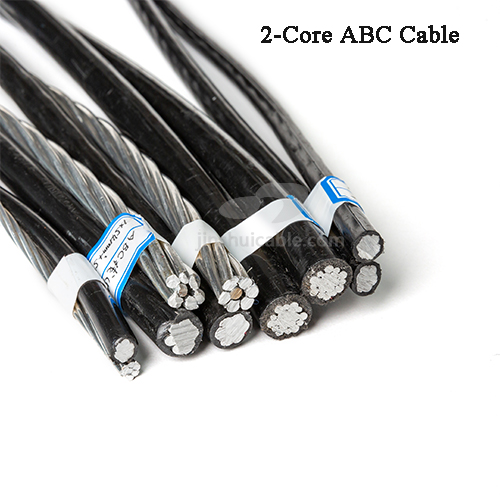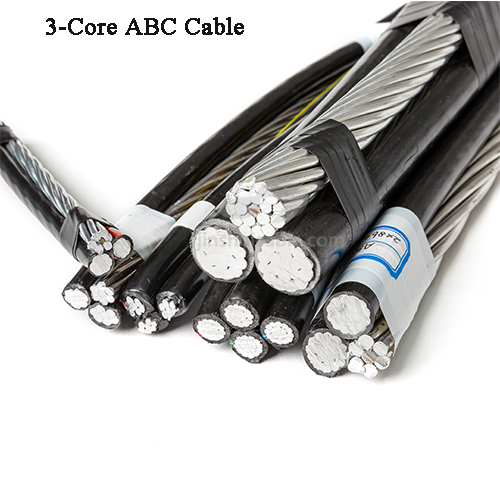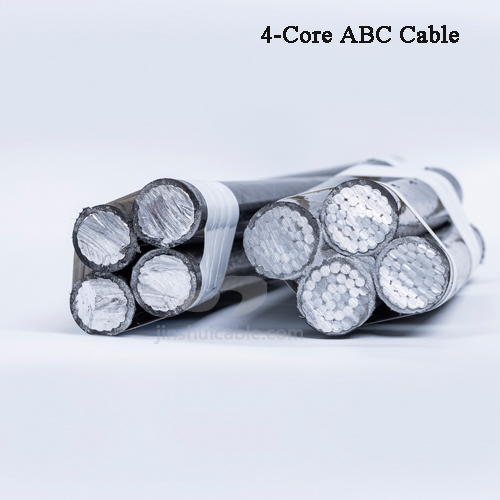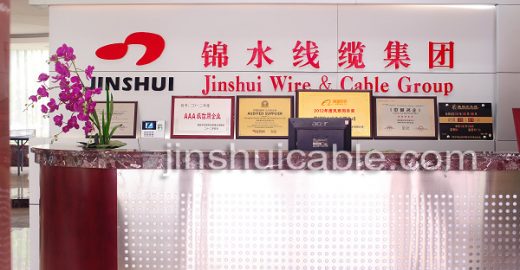The number of cable cores is selected based on comprehensive consideration of multiple factors to ensure the rational use of the cable.
1-core cable: For long lines, circuits with large working currents or underwater laying, single-core cables can be selected to avoid or reduce intermediate joints, or when single-core cables have better comprehensive technical and economic advantages than multi-core cables. Suitable for low-voltage DC power supply circuits, single-core cables can be used when necessary.
2-core cable: When the neutral point of the power supply of 1kV and below is directly grounded, the number of cable cores in the single-phase circuit is: When the protective line and the neutral line share the same conductor, a 2-core cable should be used. Suitable for DC power supply circuits, 2-core cables should be used.

3-core cable: When the neutral point of the power supply of 1kV and below is directly grounded, the number of cable cores in the single-phase circuit is: When the protective line and the neutral line are independent, a 3-core cable should be used.

4-core cable: 4-core cable (3+1 cable) of 1kV and below, in which the 4th core, in addition to being used as a protective ground, also transmits the unbalanced current and short-circuit current of the power system. Its size is determined by the unbalanced current and the short-circuit current, but it should not be less than 1/2 of the phase line.

5-core cable: 1kV and below three-phase four-wire low-voltage distribution system, some electrical equipment distribution lines with higher safety requirements, and some communication centers and automation equipment that must ensure electrical safety and anti-interference grounding, should adopt a 5-core TN-C low-voltage distribution system, so that the protection line (PE line) and the neutral line (PN line) are independent of each other, and the cable core cross-sectional area is generally 3 large and 2 small or 4 large and 1 small or 5 large.
The difference between 4-core cable and 3+1 core cable:
In 1kV and below three-phase four-wire low-voltage distribution system, when the protection line and the neutral line share the same conductor, a 4-core cable should be used, and a 3-core cable plus a single-core cable should not be used to combine into a circuit, or even directly use the metal sheath or armor layer of the 3-core cable as the neutral line. Otherwise, when the 3-phase current is unbalanced, it is equivalent to the operating state of a single-core cable, which is easy to cause power frequency interference.
The principle of selecting the number of cable cores is to make a comprehensive consideration of multiple factors such as transmission requirements, capacity and scalability, economy and practicality, maintainability and fault tolerance.
Determine the number of cable cores based on the type of signal to be transmitted and the transmission distance. If only a single type of signal needs to be transmitted and the transmission distance is not long, a small number of cables can meet the requirements. For circuits with large working currents or cable laying, 3-core cables can be selected for each circuit.
First of all, consider the current and future usage requirements and select the number of cable cores with sufficient capacity and scalability. If there are additional transmission requirements in the later stage, it is recommended to select a certain number of spare cores for expansion.
Selecting the number of cable cores that suits the actual needs will reduce the cost expenditure.
Maintainability and fault tolerance: If maintenance and repair are required, a larger number of cable cores may increase the cost of construction and maintenance. In addition, the selection of cables with a certain number of spare cores can improve the fault tolerance of the system. If a core line fails, the normal operation of the system can still be guaranteed.
Get A Free Quote

The first phase of the 137th Canton Fair will officially open on April 15, 2025! Zhengzhou Jinshui Industrial Co., Ltd. mainly produces and exports wire…

The Benin account manager came to our company to discuss the business of ABC cable! Yemen brotherhood customers come to the company to exchange product…

Zhengzhou Jinshui Industrial Co., Ltd. wishes you a Merry Christmas!!
Submit Request
PDF Request